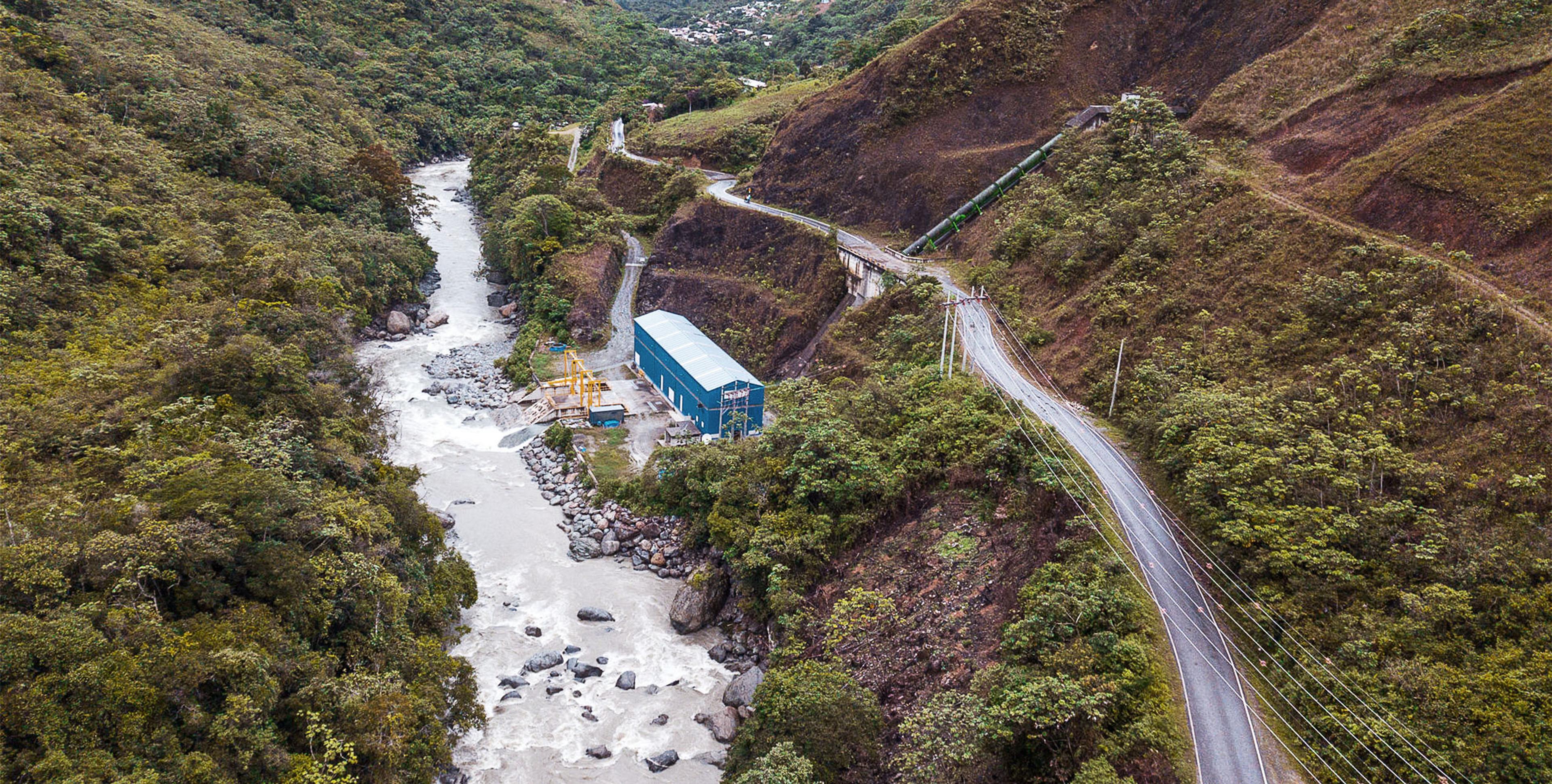Paf supports a cleaner archipelago
The Baltic Sea suffers from severe eutrophication and littering, and the shores of the archipelago clearly highlight the scale of these problems. Now, with funding from Paf, the Keep the Archipelago Tidy Association is taking a crucial step towards a cleaner Baltic Sea around Åland.
The Keep the Archipelago Tidy Association has been working for a cleaner sea in Finland for over 55 years and is well established in tackling litter, eutrophication, and chemical pollution. Last year, the organization expanded its operations to Åland. Earlier initiatives against littering were carried out through the Paf-funded project “Clean Åland”, run by The Åland society for Nature and Environment. When the project ended, it was a natural step for Keep the Archipelago Tidy to take over.
"The organisation has long been looking at Åland as a key location for its operations, and thanks to Paf funds, Keep the Archipelago Tidy's presence on Åland is now secured, which feels great," says Kimberly Terry, District Manager on Åland.

97 pieces of litter collected in under an hour
Kimberly Terry is cleaning a beach just a short distance from the harbor in Mariehamn. In just one hour, she managed to collect 97 items of litter. Of these, 80% were plastic, ranging from plastic packaging and boat ropes to small fragments from a broken plastic bag. Metal cans, construction materials, and cigarette butts, which are commonly found on beaches, were also collected.
“The waste problem on Åland is much bigger than people think, and it’s often very small particles that wash ashore. I’ve never been to a beach without finding litter, and I’ve cleaned many beaches,” says Kimberly Terry.
This particular beach is cleaned every September. The litter is counted and categorized, and the data is sent to the Nordic Coastal Cleanup project. Keep the Archipelago Tidy also monitors 15 other beaches across the country and sends the data to the Finnish Environment Institute.
“This data is very detailed and divided into over 200 categories. It’s a demanding process, but it helps to map out exactly what types of litter dominate and what concrete actions can be taken to reduce them,” explains Kimberly Terry.
Certifying sustainable harbors
In addition to monitoring beach litter, the organisation certifies harbors through its harbor program, ensuring that they follow sustainability and safety guidelines, while raising awareness among boat owners through educational campaigns.
“We also run school programs where we clean local beaches with students once or twice a year. On Åland, where the sea is always close, this effort plays a crucial role in raising environmental awareness and engagement among the younger generation,” says Kimberly Terry.
The organisation also leads the nationwide Clean Beach campaign, which encourages the public to clean and report litter. So far this year, nearly 40,000 litter items have been reported by members and volunteers, with 15,000 of them being cigarette butts.
Learn more about the Keep the Archipelago Tidy Association’s work here.
Published: 26 september 2024
News with same tag

Paf expands its employee-driven donation to €150,000
Paf has once again given all employees the opportunity to donate funds to good causes — and this year the amount was raised to €150,000.
Published: 18 december 2025

Åland’s most used pitch has been given new turf
Thanks to the heated artificial turf at Wiklöf Holding Arena, hundreds of children, young people and adults can train and play football all year round – 365 days a year.
Published: 28 augusti 2025

Climate Financing – a Key Part of Paf’s Environmental Efforts
Paf has engaged in climate financing every year since we began measuring our climate impact. Climate financing helps accelerate the transition to more environmentally friendly practices. This year’s contribution was directed to a project in South America.
Published: 12 juni 2025

